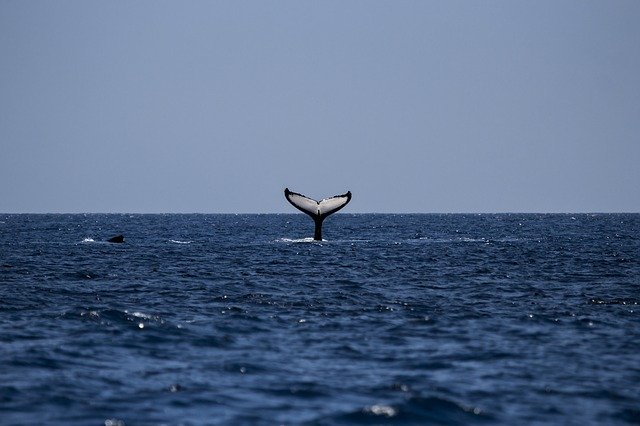
Recently on Sao Miguel, we saw common dolphins, bottlenose dolphins, sperm whales, striped dolphins, a blue whale and loggerhead turtles.
The best surprise of the week was without a doubt the encounter with the blue whale. The whale was seen while feeding and surfacing several times within the same area. During the morning tour the whale was also in the company of a group of common dolphins. They seemed to be enjoying the presence of the large whale as they kept swimming to its side and front, probably exploiting the water flow created by the whale as it moved.
The dorsal fin of the whale was full of barnacles attached to the trailing edge. Barnacles often attach to the appendages and body of various cetaceans. There exist various species of barnacles, the most common and most likely the one seen on ‘our’ blue whale is the pseudo-stalked barnacle Xenobalanus globicitis, which attaches its shell to the skin of the whale. The elongated body hangs out to feed on suspended organic material. For this reason they are not considered real parasites as they don’t harm their host, but only benefit from being transported. However, if there are too many barnacles this can definitely bother the host by reducing its hydrodynamics.
After a great Sunday with blue whales and good sea state conditions, on Monday we had a storm. We had heavy rain in the morning accompanied by thunder and lightning, it looked like a winter day and we had to cancel our tours. The following day, however, the weather was already improving allowing us to go out again and see a large school of common dolphins very active at the surface.


